RESEARCH RESOURCES
Research Support
CAES offers a connected research environment in which researchers have seamless virtual and physical access to CAES facilities and laboratories in Idaho Falls and at the universities. This outcome relies on early initiatives streamlining key features such as access and training across facilities, for example and the development of a virtual CAES-connected campus. A connected research environment brings significant benefits to researchers, including a much broader array of leveraged capabilities that can be more readily accessed, scheduled and coordinated toward major proposals and highly sought technological advances.
CAES Facilities
The CAES research facility houses nine laboratories, each providing a state-of-the-art environment where researchers have seamless access virtual and physical.
CAES Equipment
The CAES research facility houses nine laboratories, each providing a state-of-the-art environment where researchers have seamless access virtual and physical.
Everything You Need to Know to Conduct Research at CAES
The following flow chart diagram provides a pathway for researchers wishing to use CAES facilities to conduct research.
[drawattention ID=”5766″]
CAES Research Intake Form Inquiry
Commonly used CAES intake forms, policies, and procedures, and applications can requested using the following button link. Complete the form and a CAES Research Intake specialist will contact you with the appropriate forms and information for your research project.
Get Expert Research Proposal Help
The following links provide access to University and INL Sponsored Programs which provide proposal support for funding sources for research projects.
BSU Office of Sponsored Programs Website
ISU Office of Sponsored Programs Website
U of I Office of Sponsored Programs Website
INL National University Programs Website
CAES Publications
The table below provides access to CAES University and INL-related research and published papers.





